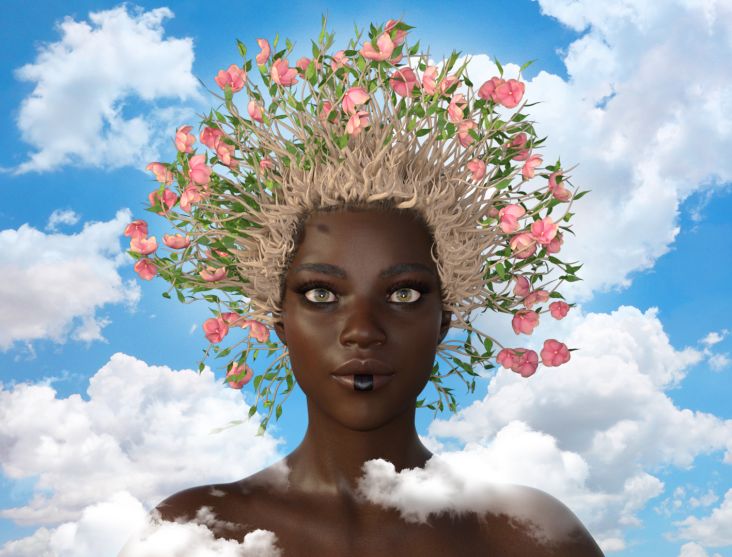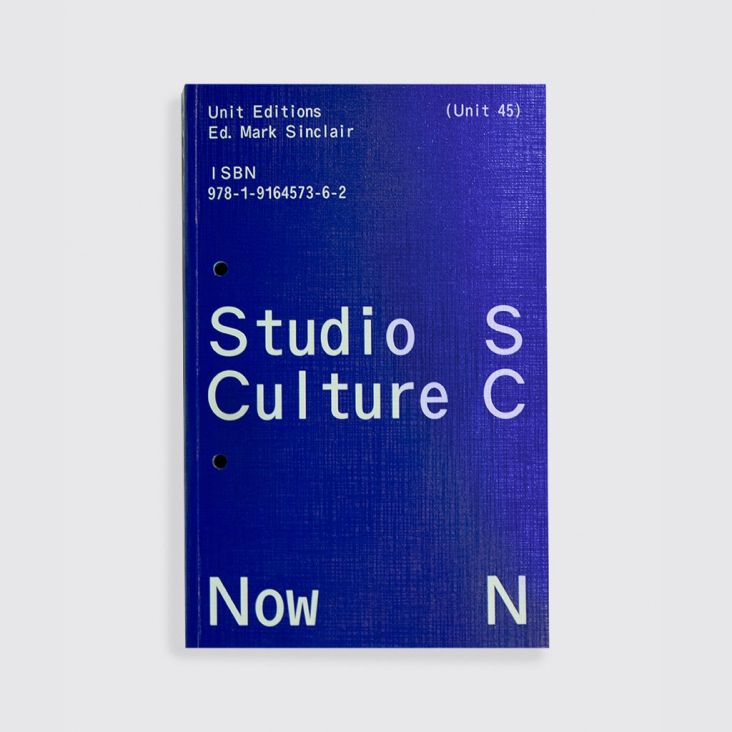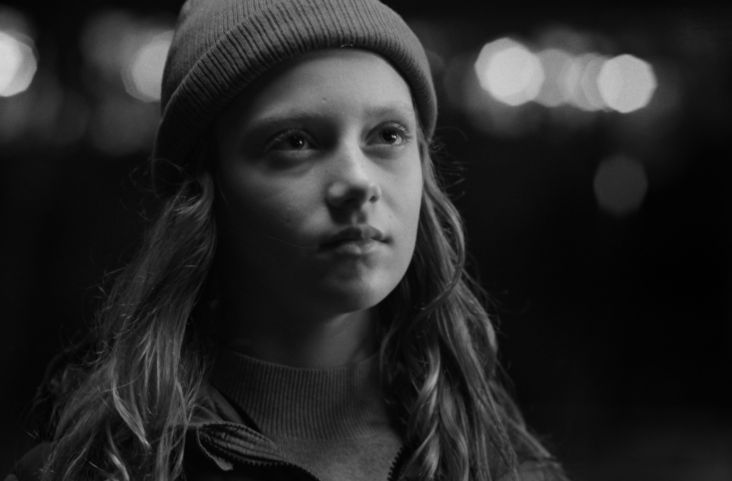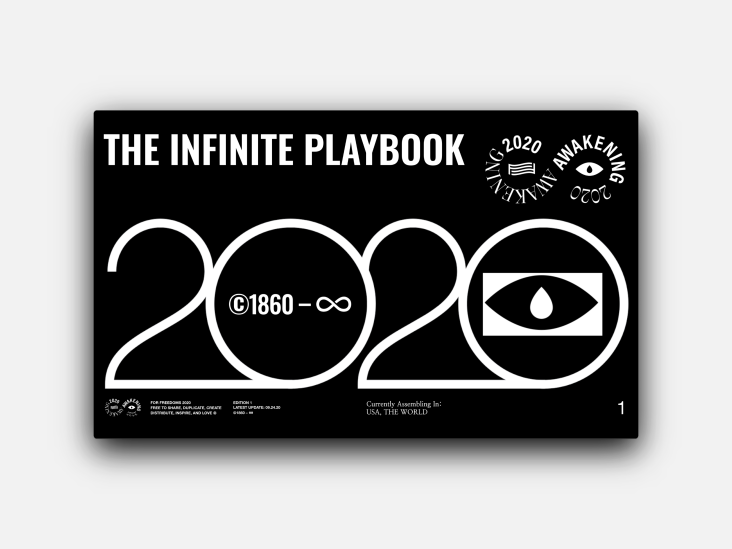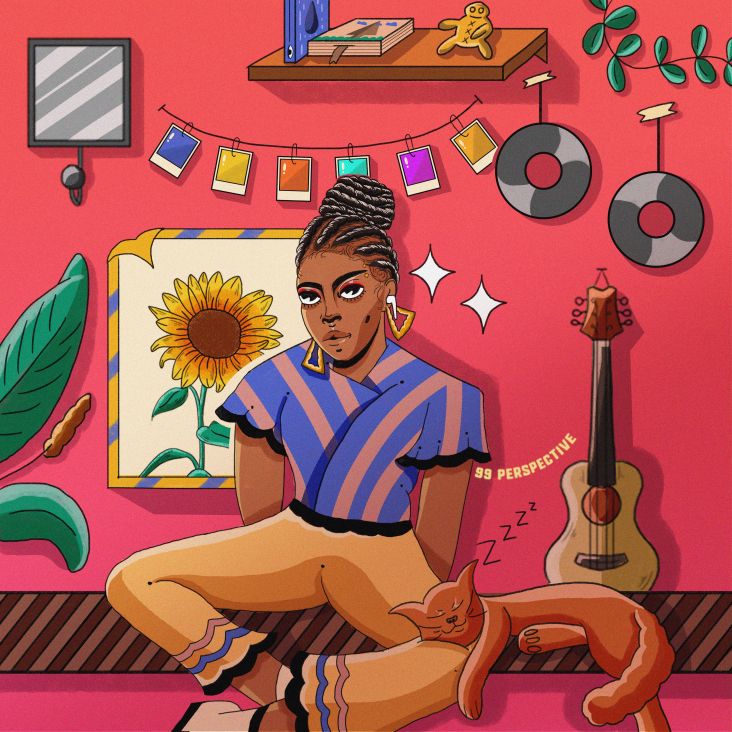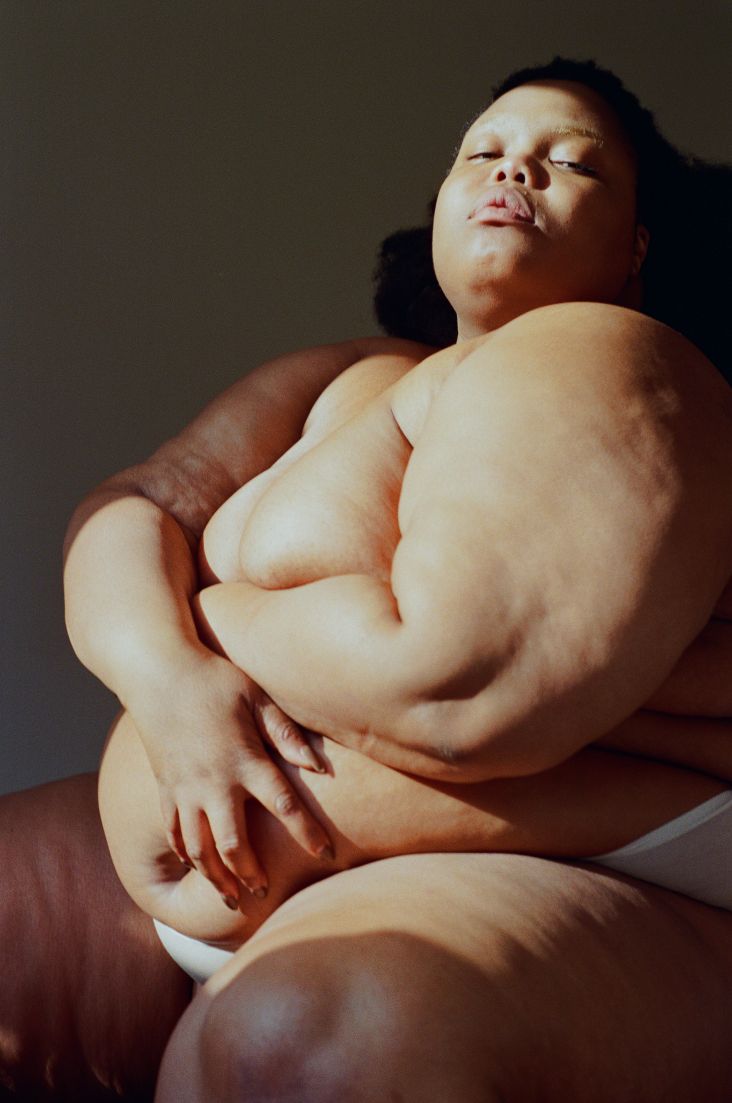Nikkolas Smith on his viral painting of George Floyd and the positive change he's now seeing in America
A native of Houston, Texas, Nikkolas Smith is an LA-based concept artist, children's book author, and Hollywood film illustrator, and the person behind the viral painting of George Floyd that truly captured the spirit of Black Lives Matter earlier this year.
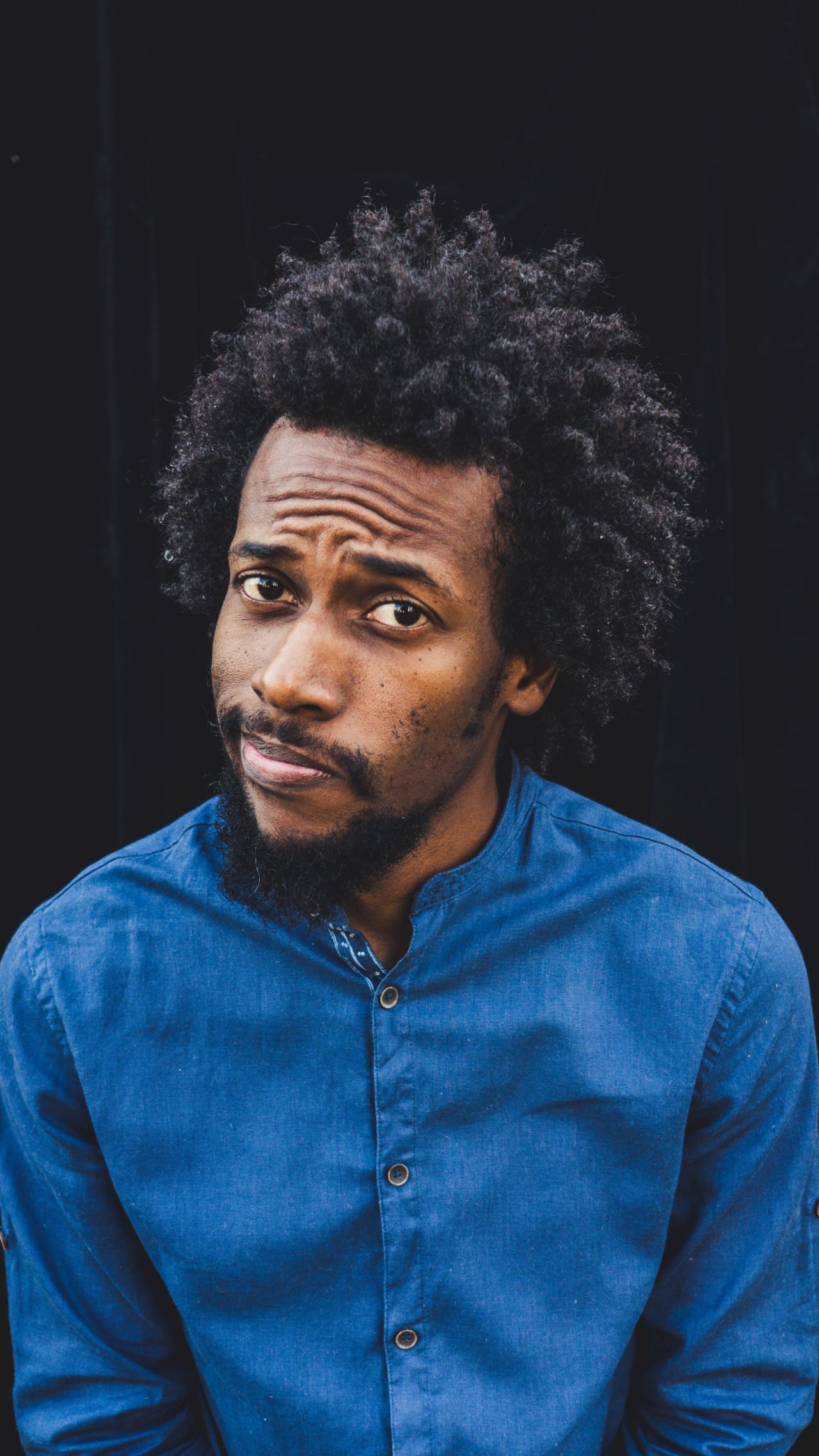
A Master of Architecture recipient from Hampton University, he previously designed theme parks at Walt Disney Imagineering for 11 years before moving into the world of art and publishing.
He is the author/illustrator of The Golden Girls of Rio, which was nominated for an NAACP Image Award, and My Hair Is Poofy And That's Okay. He also creates activist art paintings and Hollywood movie posters for films and TV series such as Black Panther, Beale Street, Southside With You, Dear White People, and Stranger Fruit.
As an illustrator of colour, Nikkolas is focused on creating captivating art that can spark important conversations in today's world and inspire meaningful change. Many of his viral and globally published sketches are included in his book Sunday Sketch: The Art of Nikkolas. We sat down with Nikkolas to discuss all of this and more.
It must've been humbling to be behind such a widely recognised creative tribute to George Floyd. What's happened since then?
What an unbelievable summer 2020 was. Since Michelle Obama posted my George Floyd portrait to social media channels in late May, there has been an overwhelming amount of support via my online store, and the number of my followers has more than doubled. I’ve also been asked to (virtually) speak at numerous schools, conferences, and companies.
Do you think art has the power to change the world?
I absolutely believe that art has the power to change the world. There is something about the ability of a visual art piece to speak numerous truths in one image, and rally millions of people around a concept that can not only cause the viewer to feel joy, sadness, hope etc., but also inspire them to make positive concrete change in the world.
Are you seeing changes in America?
Yes, I've seen many collective shifts in thought and policy. Just looking in the northwest region alone, we've seen how this concept of accountability in policing and strategic defunding has quickly taken hold and gone from idea to enforced reality. Many other artists and I have created pieces that visualise the current reality and society could look like with more changes implemented, such as an adoption of the BREATHE Act legislation in our most vulnerable communities.
Can you tell us about your childhood?
Growing up in Houston, Texas, I was raised in a black church and attended predominantly white schools. This dichotomy allowed me to learn two cultural perspectives that I would carry with me for the rest of my life. At home, my mom always had art on the walls (Norman Rockwell paintings, Zimbabwean artefacts, etc.) that reminded me of the struggle that black people endured to make it this far, and how far we still have to go to achieve true equality.
When did you realise you wanted to be an artist/illustrator?
I was never the type of child to say, "I want to be X when I grow up". I always felt like I just needed to try different things before I would know what I wanted to be. However, I was always drawing/painting and making various art pieces. I eventually chose to study architecture in college and went on to design Disney theme parks for 11 years. Still, it wasn't until a few years into that theme park architecture career that I began to experiment with digital painting and realised that art had been my passion all along, and should be the thing that I make my full-time profession.
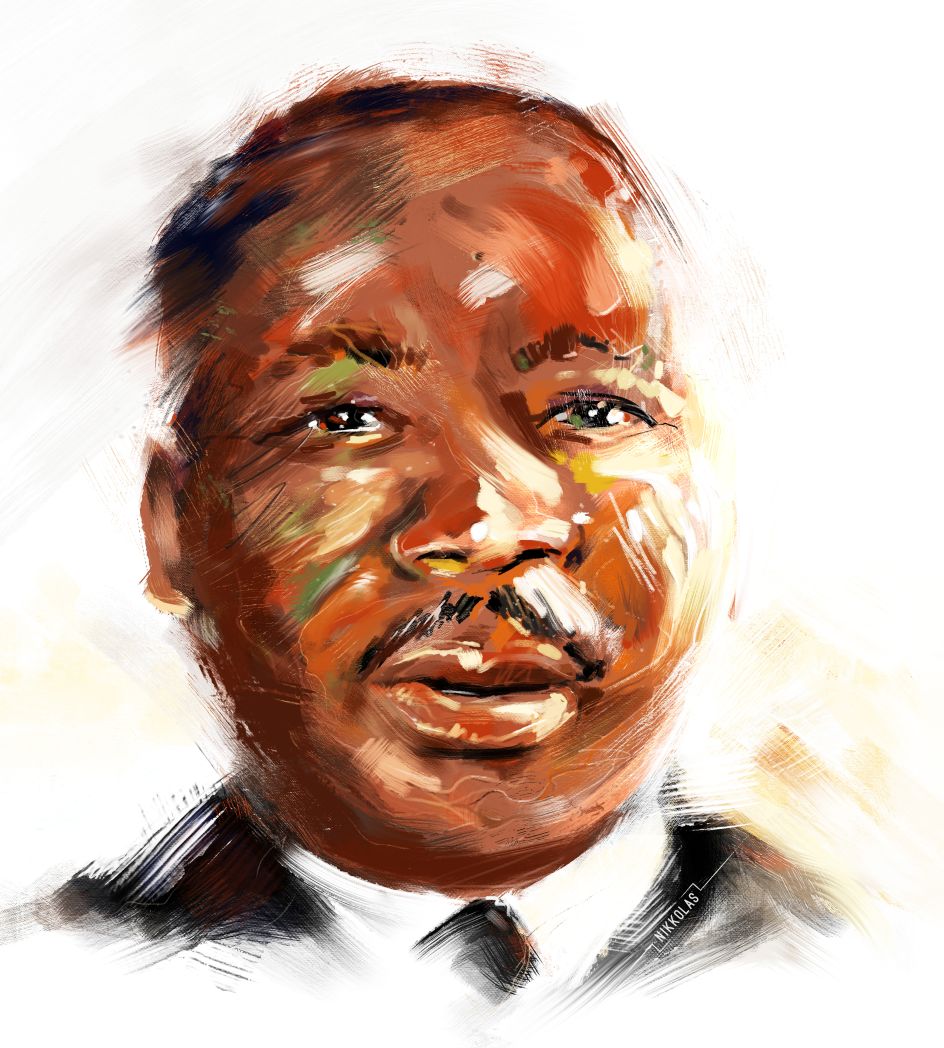
Martin Luther King, Jr.
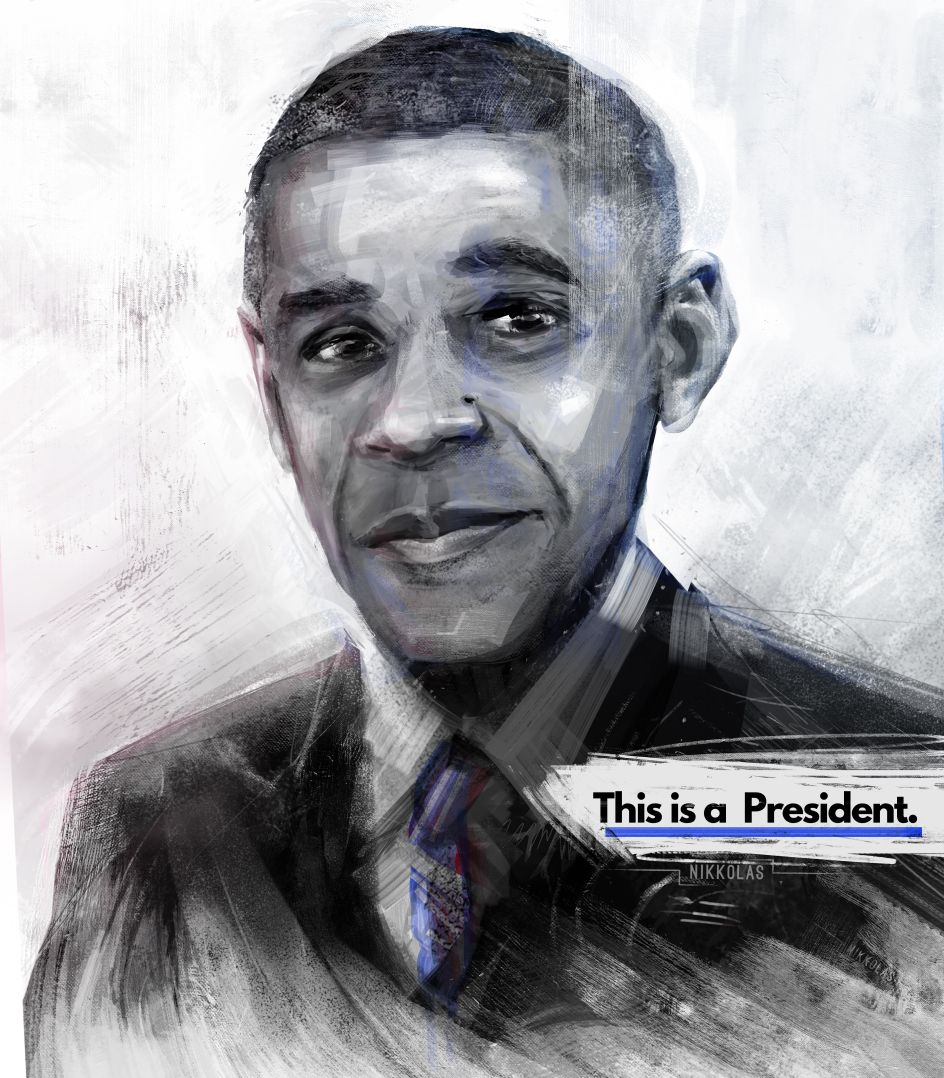
Barack Obama
Your technique is one of speed. Why is that?
I actually don't enjoy taking long hours (and certainly not numerous days) to complete an art piece. I began the digital painting series that I call 'Sunday Sketch' as therapy to expressively get my feelings out on digital canvas, and it is now my preferred way to create even my most important professional pieces. I typically give myself between 30 minutes to three hours for most pieces.
You've launched a new course on Skillshare. What key lessons are you hoping to get across?
My Skillshare class on Artivism has been such a joy to create. In it, I'm able to inspire other creatives to find the "broken bones" in the world and teach how they can craft a digital painting to bring attention to that issue and inspire others to help fix that issue. It's really what artivism is all about for me. To go along with that, I teach students my process of speed painting, and why it's so important to be expressive and heartfelt in your art rather than technically perfect and precise.
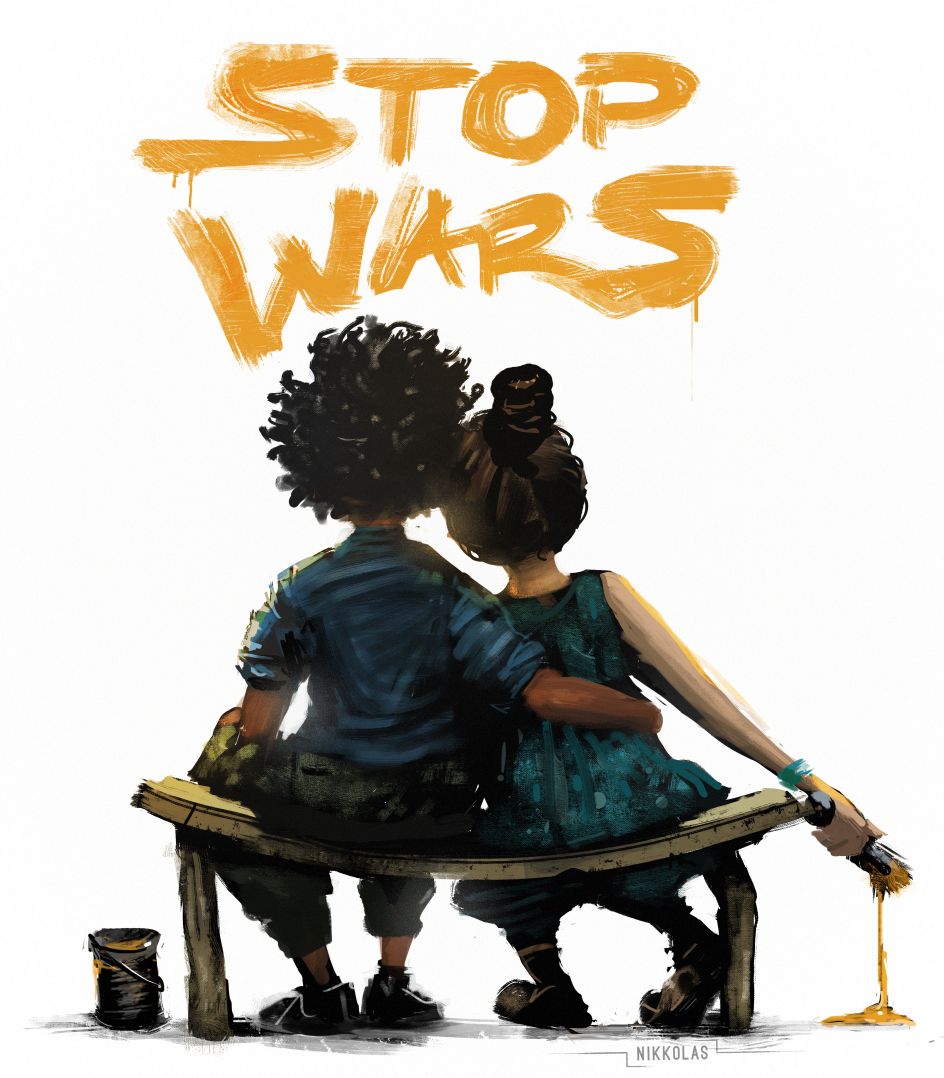
Stop Wars

 for Creative Boom](https://www.creativeboom.com/upload/articles/06/063686a9a3b095b9b1f0e95df917ed4bd342be1b_732.jpg)



 using <a href="https://www.ohnotype.co/fonts/obviously" target="_blank">Obviously</a> by Oh No Type Co., Art Director, Brand & Creative—Spotify](https://www.creativeboom.com/upload/articles/6e/6ed31eddc26fa563f213fc76d6993dab9231ffe4_732.jpg)
 by Tüpokompanii](https://www.creativeboom.com/upload/articles/58/58684538770fb5b428dc1882f7a732f153500153_732.jpg)








